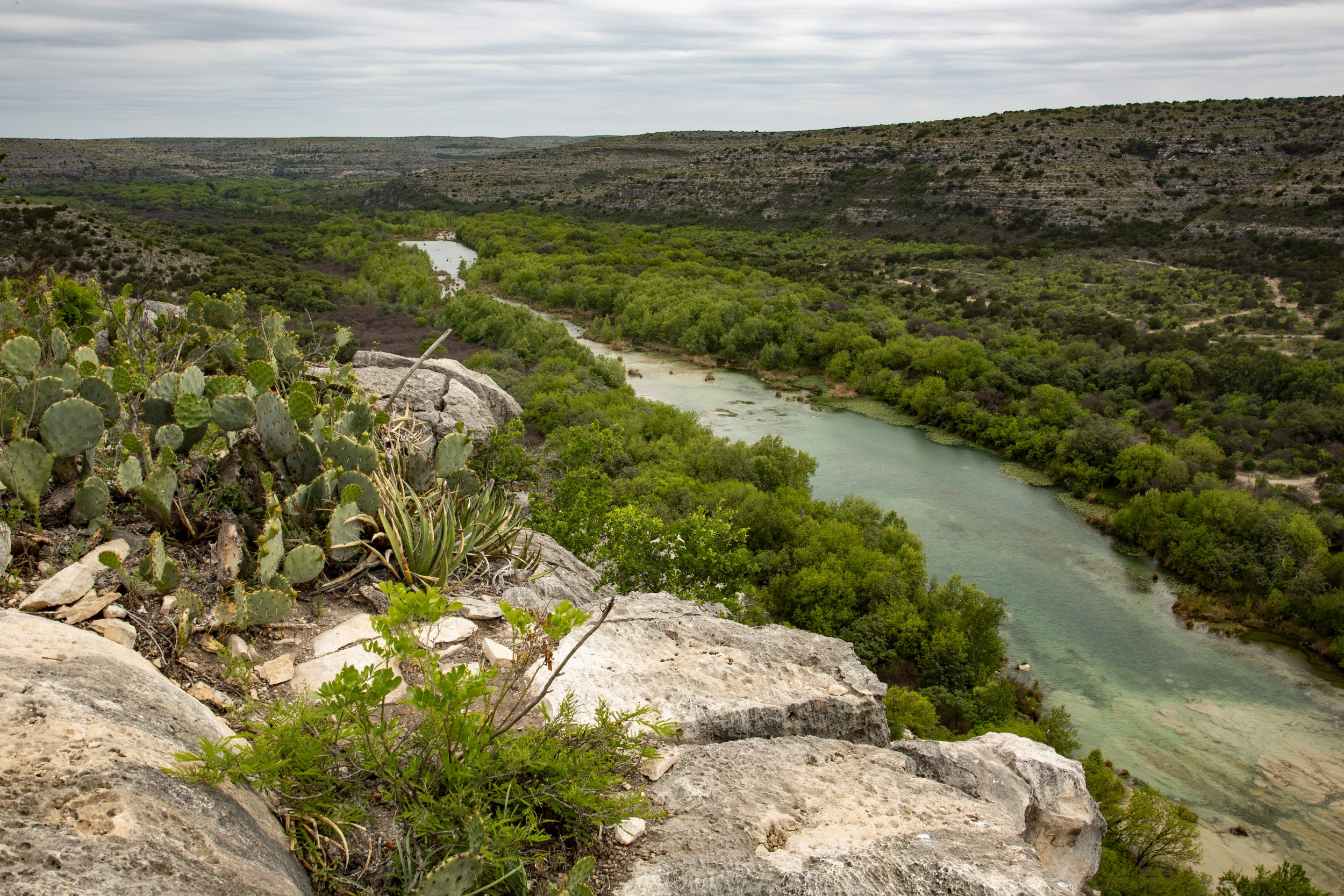Regulatory & Ecological Credit Development
The Conservation Equity Partners team relies on extensive hands-on land management experience to recognize a property’s highest and best use—whether it’s providing ecological services through a mitigation or stream bank or developing the recreational attributes of a ranch. We specialize in all type of permittee-responsible compensatory mitigation, including on-site and off-site mitigation with conservation easement based outcomes.
Mustang Creek Mitigation Bank
Currently progressing through the U.S. Army Corps of Engineers’ approval process, this proposed mitigation bank will result in the restoration, creation, enhancement, and permanent protection of approximately 30,000 linear feet of intermittent streams and associated riparian habitats. The bank site is located within the Lower West Fork Trinity watershed of the Trinity River basin and would serve the Dallas/Fort Worth Metropolitan area.
Trinity Oaks Mitigation Bank
Located within the Lower Trinity River Watershed in Freestone County, the 1,851-acre landholding includes proposed restoration of approximately 9,800 linear feet of degraded intermittent stream channel, as well as the creation of an additional 1,000 linear feet of stream channel. The currently channelized ditches, altered through historic agricultural use, will be restored using natural channel design, and historic connection to the Trinity River will be reestablished. Additional proposed activities include the restoration and enhancement of up to 100 acres of riparian habitat. Together, these efforts will restore the landscape’s ability to perform crucial ecological functions.
Call Junction Mitigation Bank
This proposed mitigation bank includes the restoration of 1,000 linear feet of degraded streams and adjacent riparian habitat, occurring in the form of intermittent tributaries of Trout Creek, tributary to Big Cow Creek a major tributary to the Sabine River. The site lies within the Big Thicket Biosphere Reserve—one of 46 such sites in the U.S. designated with the explicit goals of conserving ecosystems, species, and genetic variation while supporting sustainable economies and promoting research and education regarding the site’s significance.
Chocolate Bay and Frentress-Johnson Mitigation Bank
Located in Brazoria County, approximately 45 minutes from downtown Houston and 20 minutes from Galveston Island, this 5,403-acre property supports diverse coastal wetlands critical to the ecological health and economic stability of the Texas coast. One of the most significant resources on the property is the 2,500-acre Frentress-Johnson Wetland Mitigation Bank, which is expected to be permitted by the end of this year. Additional components under development include a carbon dioxide injection well, as well as an endangered species conservation bank.





